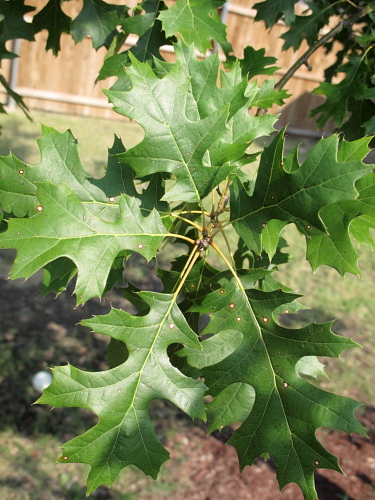Thanks so much. That's very encouraging.
I'm just a little skittish and paranoid about losing trees because we got burned by a disreputable tree farm early last summer and lost two fairly large oaks we had planted, and almost lost a bald cypress. They planted the trees (which were unhealthy to begin with...unbeknownst to us) in June and they were dying within about a week. So, we called the farm and SURPRISE they tell us, "
uh..sorry, but your soil is so bad we can't guarantee them. And the soil in your area is too bad and hard and we aren't going to plant any more around there this summer. Sorry we can't do anything more for you. Try watering them a LOT. Call us if you need anything else."

We knew nothing about trees, so we checked around and called a highly recommended arborist in Dallas/Fort Worth and the first thing he said was that he was sorry to have to tell us, but the tree farm was either incompetent or dishonest and just trying to make a sale, because they shouldn't have transplanted those red oaks at that time. He gave us several things to try, but needless to say they were dead within a month. The bald cypress barely survived (I treated it like my sick child), and now 15 months later it is finally starting to look pretty healthy again despite missing quite a few dead branches that I had to prune.
So to wind this story to end, we carefully shopped around until we found a great tree farm about 65 miles away (
Treeland Nursery). I spoke to the owner on the phone and was impressed by him, so we made a day of it and drove out there to see how they were. The owner and his son were awesome! They were very helpful, very honest, and guaranteed everything for a year, no matter what happened to them (other than us doing something like burning them down). They were a pleasure to deal with and we recommend them to everyone. We got the oak pictured above (about 5" trunk), two Autumn Blaze Maples (about 4"), and a large Bald Cypress (5"). They planted them for us in September, all of them were beautiful, and they have been healthy and strong for the whole year since we got them.
But, after paying for a yard full of trees TWICE, I don't want to go through it again...even if I liked dealing with Treeland.

Mike













